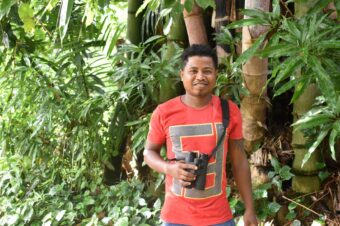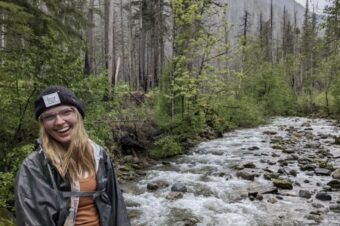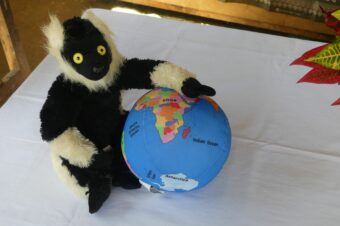Peter's Recount of Cyclone Freddy
It’s been an eventful few weeks since my last blog piece. A few weeks! Time is whizzing by. There’s really only one topic I can start with this time. Cyclone Freddy. Before it arrived people were understandably very nervous with the memories of Batsirai in February 2022 still fresh in their minds. Everyone prepared for Freddy’s well heralded arrival. The residents around KAFS strengthened and buttressed their homes. They used bags of sand and large containers of water to hold the roof down and bamboo poles and planks of wood to hold their traditionally built homes up. In KAFS all tents were relocated to the safety of the main building.
Then we waited. Freddy finally tore through KAFS on the night of 21st/22nd February. From early afternoon the cloud built up, The rain started and the wind strengthened. Being from the northwest of Ireland, I am well used to winter (and summer) gales and storms which can last for days. I was still well within my comfort zone. However the violence of the cyclone suddenly grew in the early part of the night. I knew Freddy was here and was beyond anything I had experienced in Ireland.
The really strong gusts lasted a few seconds at a time. I was sure one or other of the Ravenala trees in front of KAFS would tumble. No-one expected the large mango trees above the lane to survive. However just when it felt like the wind would never end, there was a few seconds of calm before Freddy caught his breath to rage again. The air was thick with leaves ripped from the trees and blowing around like a blizzard. There were bursts of torrential rain, but thankfully, it wasn’t constant.
It was a relief when the wind eventually started to subside. We all emerged into the calm shortly after dawn to look and around. After breakfast an inspection of the site revealed that a number of acacia trees had succumbed, a couple across the elevated walkway. I was wondering about the acacia trees that shade Archaeolemur, my tent site. When I got there they were still standing. They had lost limbs, and a branch had fallen onto the metal roof. I was really glad I wasn’t there when it clattered down.
Fortunately there was no serious damage at KAFS. Both ravenala palms and the mango trees survived too, although with less leaves and fronds than before. The clean-up began straight away and continued for a several days. Dr Louis, Nirina and Rico, who arrived from Tana a couple of days after Freddy, made short work of the larger trunks and limbs with excellent chainsaw skills.
A lot of damage was sustained in certain areas of Madagascar, and a few people tragically were killed. However, from what I saw on seed collecting trips and the nursery checks after Freddy, most homes survived. Repairs were needed to fences and roofs, but I only saw a few badly damaged homes. The banana trees did not fare well, sustaining a lot of damage to their crowns. I’m amazed how quickly the leaves have grown back on banana trees that did not fall. However, I’m told it will be at least six months before they bear fruit. The rice fields suffered much less damage as Madagascar was spared the torrential downpours that accompanied last year’s cyclones. The general consensus appears to be that it was not as bad as last year.
Having said that, Cyclone Freddy has broken many records relating to distance traveled, energy expended and longevity. As I write it has struck Mozambique and Malawi a second time dealing deadly devastation. Experts tell us that storm events are getting more frequent and more violent, driven to a large extent by climate change. This only adds another layer of importance to global reforestation projects such as those managed by MBP.
Continuing Volunteer Projects
To that end, seed collection continues. I really love getting into the forests at both Sangasanga and Vatovavy. Once you get your eye in there is a lot of seed lying around. At the moment we are collecting mostly mahanoro seed.
I have planted some seeds in what I refer to as Peters patch. (It will soon be someone else’s patch). I want to get more familiar with how the trees grow from seed. I am also planting seeds that no-one is quite sure what they are. I record a photo of the seed. Hopefully when it germinates someone will recognise it from the leaves. If not then further research should establish which species it is.
I’ve already learnt that Enga (Albizia saman) germinates super quickly, within a week for the seeds I planted. To me that shows that the trees are just bursting to get back if we give them a chance.
I am slowly compiling a photographic catalogue of seeds, leaves and seedlings, related to the reforestation work carried out by MBP. I am barely scratching the surface of the vast amount of work a complete catalogue will involve. There will be plenty of work for future volunteers, students and staff to carry on with.
The daily English classes are continuing. Some people are making good progress. I think I’m learning as much as they are when I try to explain the vagaries of English grammar.

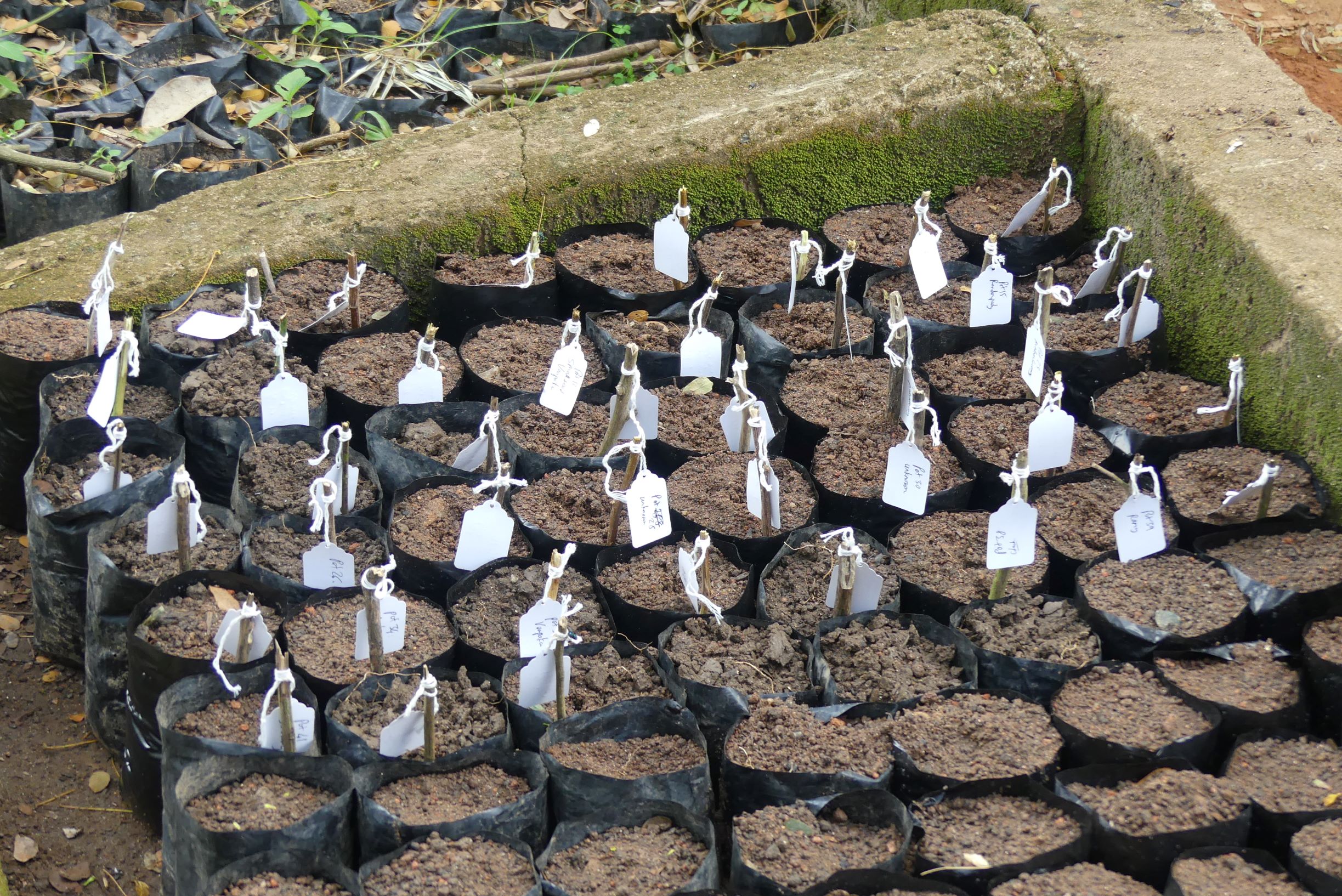
I have enjoyed to short excursions away from Kianjavato. The first was an overnight trip to Mananjary on the coast just east of here. It was lovely to see the Indian Ocean. From early morning fishermen were out on their little canoes just beyond the surf and women washed and dried laundry along the shore. I was hoping to see some new bird species, but the only species I found enjoying the sea air was a large flock of pied crows.
The second trip, an overnight in Ranomafana to visit the national park, was more fruitful. I saw five new species of bird, two species of lemur including Milne-Edward’s sifaka and the amazing black leaf-like chameleon. It was heartening to see the extent of the rainforest covering the hillsides. It also highlights how much has been lost over most of Madagascar.
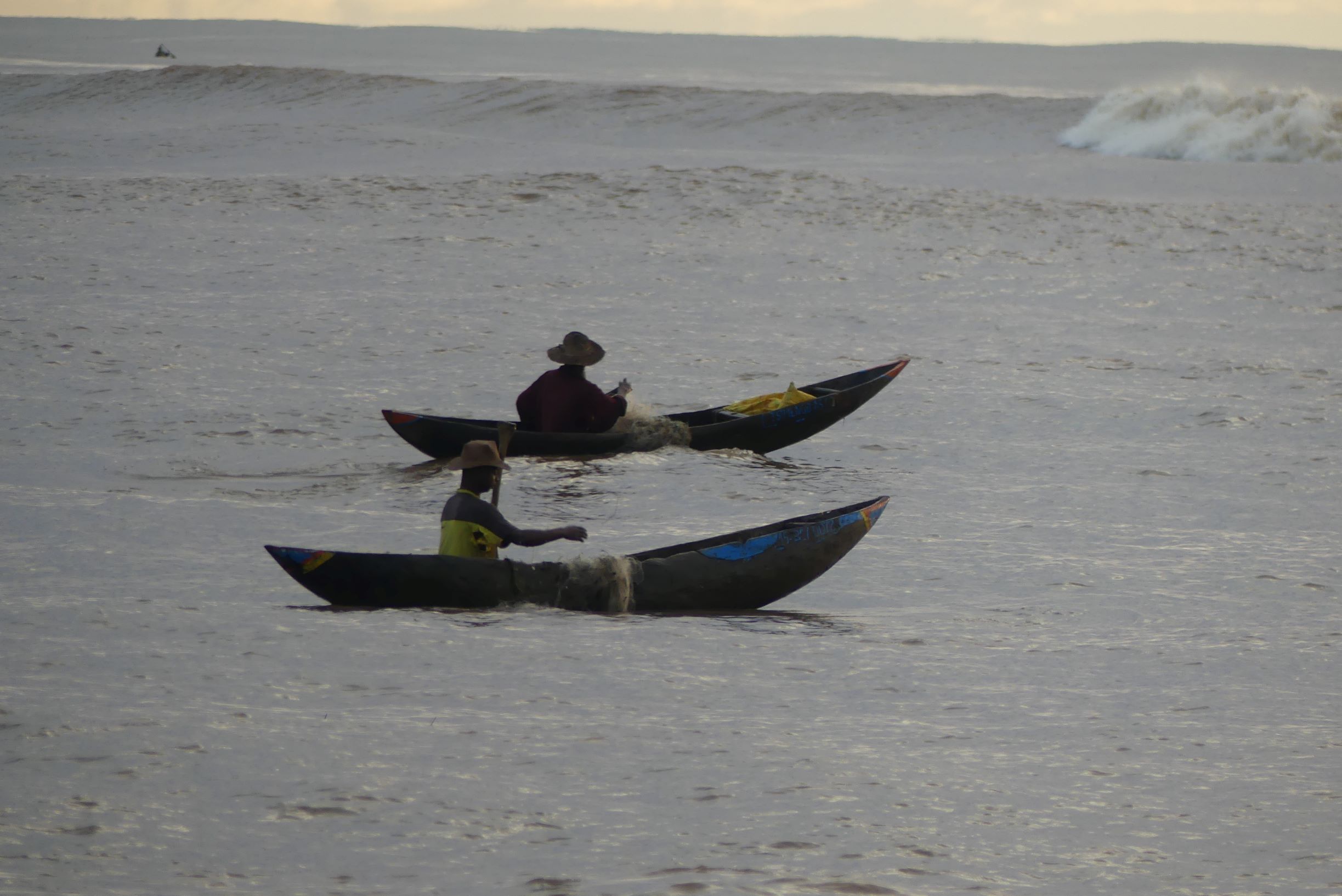
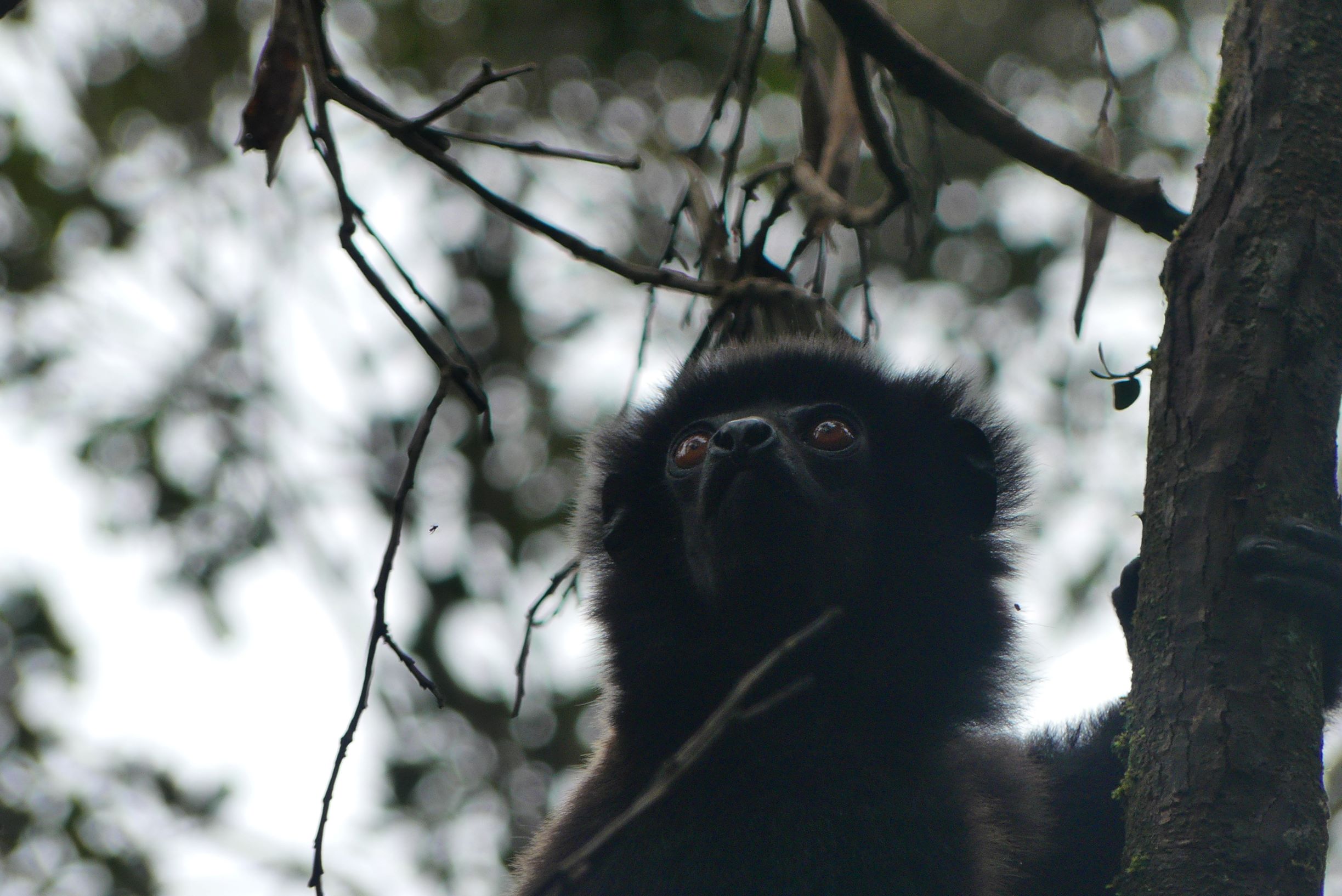


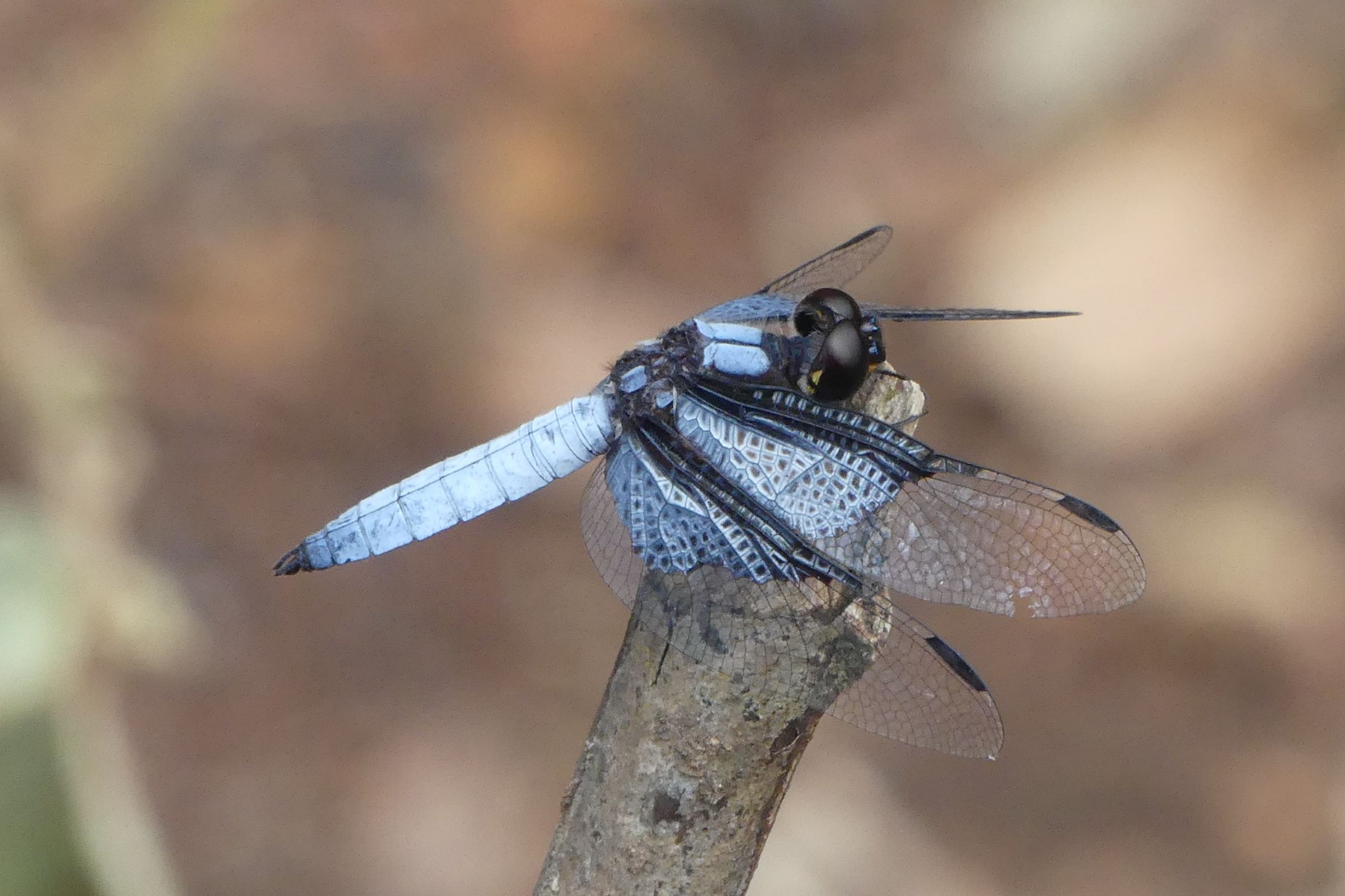
In the last few weeks I have noticed some new species of butterfly and dragonfly appearing too. I don’t know if that is because some species appear at certain times of the year or because I have happened upon them. I have learned to carry my camera with me as much as possible, because if I don’t have it, something interesting is bound to appear! This week I was treated to the site of a large dragonfly with a green thorax eating a smaller yellow bodied dragonfly.
Many of you may know that Ireland’s National Day, St Patrick’s Day, falls on 17th March. I am looking forward to celebrating it in Madagascar. I have noticed a shamrock-like plant growing around KAFS so I will be able to wear some as is traditionally done at home on St Patrick’s Day.
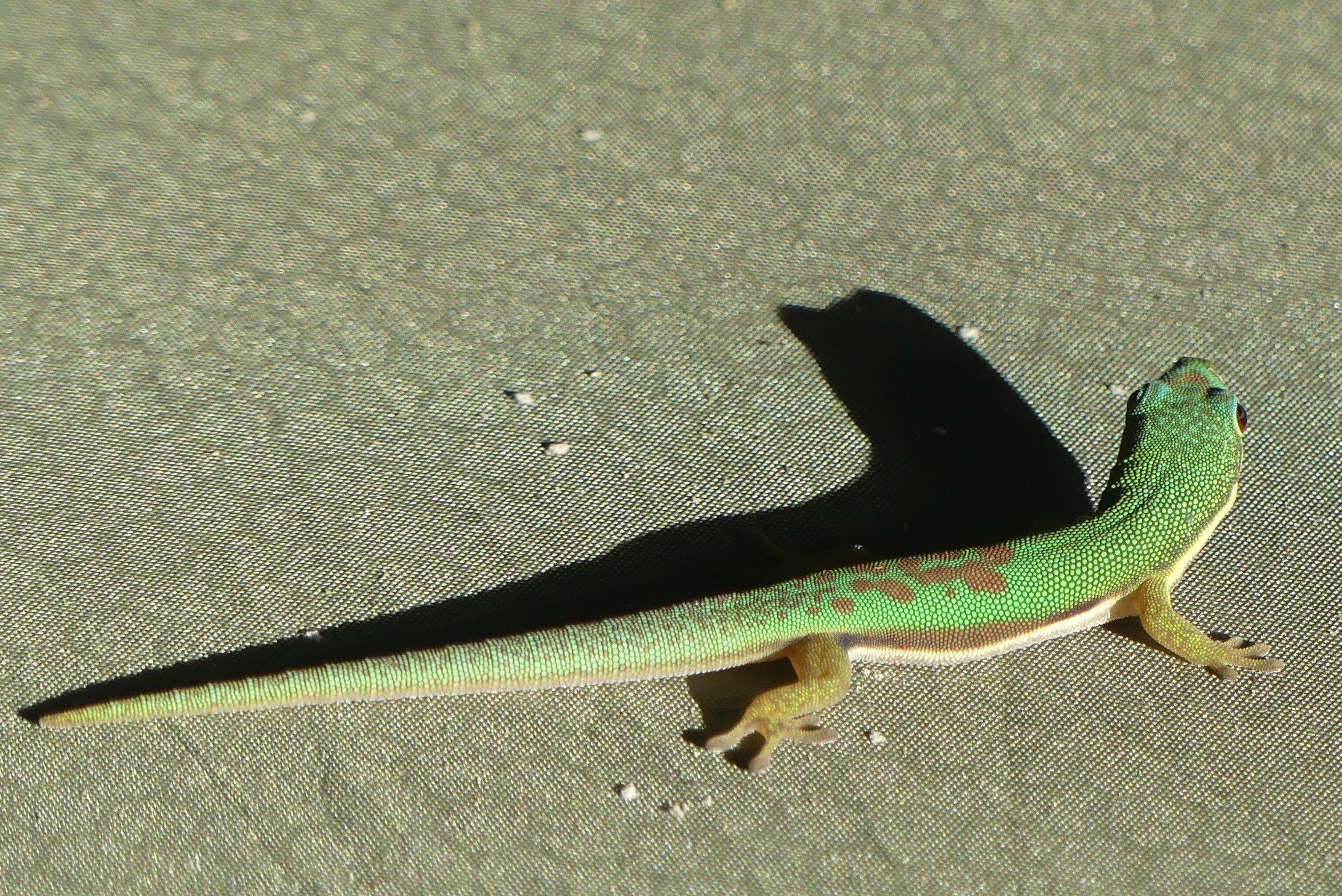
I am into my last month here now. I’m looking forward to seeing what new species (for me) come my way before I have to go home.
Beannachtaí na Féile Pádraig. Happy St Patrick’s Day.
— Peter




